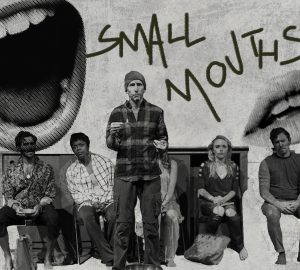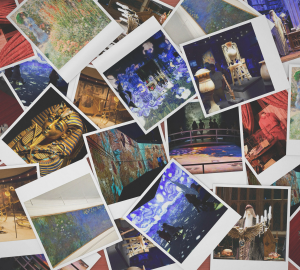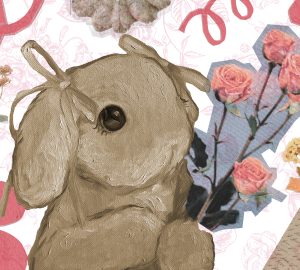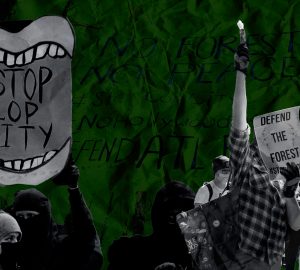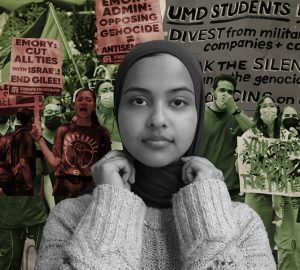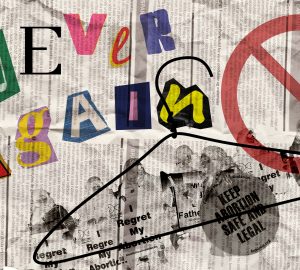
Stylists often get overlooked when looking at a celebrity’s final look, however, in the last ten years, stylists have been getting the recognition they deserve. Recently, I came across a stylist who is massively underappreciated and largely unknown: Elizabeth “Lizzie” Keckly, the dressmaker, stylist and confidant of Mary Todd Lincoln.
Keckly was a formerly enslaved woman who became the seamstress to Mary Todd Lincoln in the White House, as well as the Jefferson Davis family.
Keckly was born out of a non-consensual relationship between her mother and the plantation owner. She would not find out about her true father for many years, as her adoptive father loved her as his own. Her mother was permitted to learn how to read and write, which led to Elizabeth also being educated.
When Elizabeth was a teenager, she was sent to take care of the plantation owner’s son’s new family in North Carolina. The son had little money, so she was the only enslaved person and they treated her horribly. While in North Carolina, she was repeatedly raped by a local store owner, resulting in her only son, George. She said, “If my poor boy ever suffered any humiliating pangs on account of birth, he could not blame his mother, for God knows that she did not wish to give him life; he must blame the edicts of that society which deemed it no crime to undermine the virtue of girls in my then position.”
She then moved back to her previous plantation with her son to be reunited with her mother. At this point, the plantation owner was on the brink of bankruptcy and was planning on selling his enslaved people to different families. Elizabeth objected, “My mother, my poor aged mother, go among strangers to toil for a living! No, a thousand times no!” This is when she started sewing dresses to raise money for the family. The White House reports that “With the advantage of the Garland’s (the plantation owner) connections to white society and Elizabeth’s ability to successfully promote her business and network, she soon became a highly successful businesswoman. She worked in St. Louis for twelve years. It was there that she first caught the attention of a midwestern white woman named Mary Lincoln.”
She soon received a proposal for marriage by James Keckly, but she said that she did not want to marry until she was free because she did not want her children to be born enslaved. Elizabeth then negotiated and took out loans to buy her freedom back for $1,200.
She continued working as a seamstress in St. Louis to pay back her loans, and one day, “Keckly was approached by one of her patrons, Margaret McClean. McClean wanted Elizabeth to make a dress for the following Sunday when she would be joining the Lincolns at the Willard Hotel. After Elizabeth refused the offer because of the short notice, Mrs. McClean told her, ‘I have often heard you say that you would like to work for the ladies of the White House. Well, I have it in my power to obtain you this privilege. I know Mrs. Lincoln well, and you shall make a dress for her provided you finish mine in time to wear at dinner on Sunday.’”
Through many rounds of meetings with Mrs. Lincoln, she eventually secured the official dressmaker position when Mr. Lincoln walked in after a fitting and said, “You look charming in that dress. Mrs. Keckley has met with great success.”
This led to a long partnership between Keckly and Mrs. Lincoln. The women bonded over the death of both of their sons and Keckly became an advisor and confidant to Mrs. Lincoln.
“In addition to her dress-making business, Elizabeth found the time to help found a relief society called the Contraband Relief Association to aid contraband camps in the summer of 1862. The camps were home to enslaved refugees that flooded into the nation’s capital.”
She finished her career by writing her memoir, titled “Behind the Scenes.” In which she detailed her entire life, as well as her time in the White House. This book enraged Mrs. Lincoln, as she saw it as a betrayal. The book caused a lot of controversies, but to this day, it remains a very relevant book in the world of fashion. The media attacked her constantly and even tried to use it as an argument for why Black women should not be educated.
“She later began training Black seamstresses and passed on her knowledge. In 1892, she accepted a position as the head of Wilberforce University’s Department of Sewing and Domestic Science Arts and moved to Ohio before returning to Washington after suffering a possible stroke. She died in 1907 at the age of eighty-nine, after living an extraordinary and remarkable life.”
Elizabeth Keckly defied all odds and truly became a self-made woman. She never gave up or took no for an answer. She bought her own freedom, doing the thing she loves most. We should all be inspired by her passion and conviction.
All quotes used in this article are from the White House History website.


